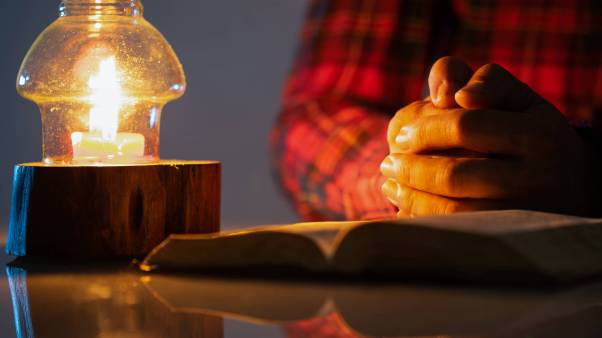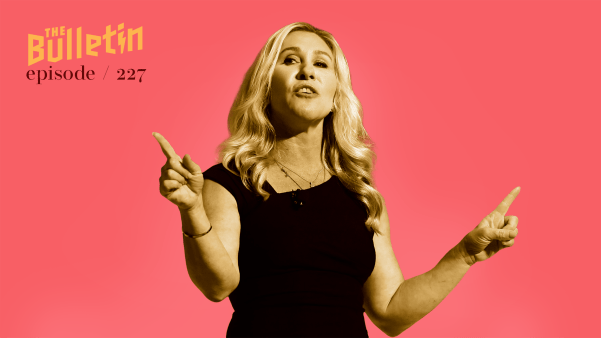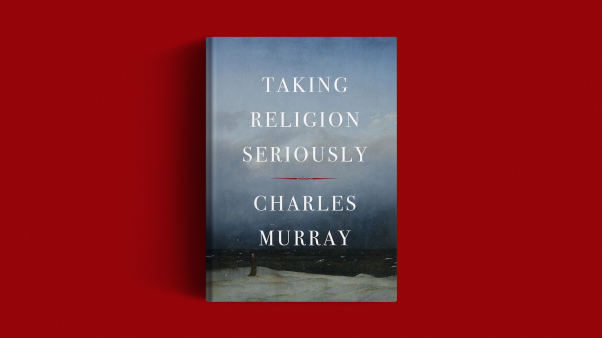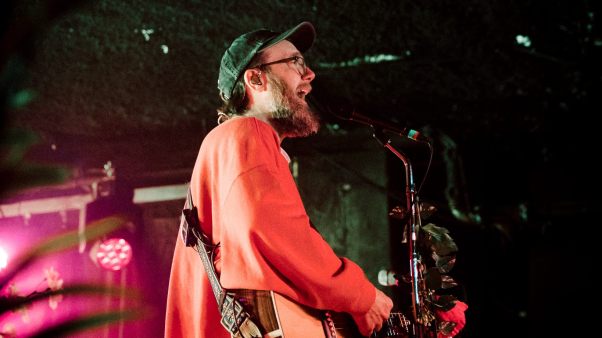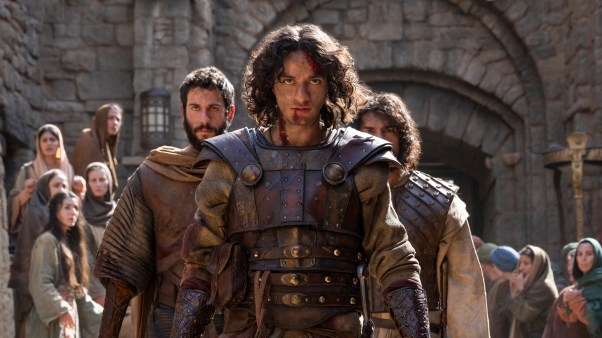I used to be strong. As a girl, I was a fast runner and skilled tree-climber who took pleasure in stunts. At age 12, I was the strongest jumper in my ballet company, leaping so high that I fell behind the beat of the music, still falling to earth as the other dancers rose into their next jumps. My high-school senior track season, I ran nearly 700 miles. I competed in 10k road races, a half-marathon, and two marathons. In college I taught aerobics and took up powerlifting, usually the only woman in the weight room. I loved to say to my lifting partner in that casual-tough voice, “Gimme a spot?”
After an ice storm, a disabled student who lived in my dorm asked for help crossing a treacherous street; I carried her through the frozen slush with no effort. It made me feel like a hero. I could feel the pulse beat of my youth and strength. I could save the world.
Or at least I could eat anything and everything—downing four plates of food in an hour of continuous eating was not an unusual event. After college, a weightlifting coach tried to recruit me to a natural bodybuilding team. From childhood through my 20s, I was a formidable athlete who made all-you-can-eat buffet restaurants quake at my approach.
Now, after four major surgeries and myriad health issues, I can raise my left arm with difficulty, have many allergies, and frequently face nausea, sinus problems, fitful sleep, and fatigue. When I tell my students that I used to be a powerlifter, they glance at my skinny arms in disbelief.
A Crucifix of Sorts
Tears of agony rolled down my cheeks as I hung with outstretched arms from the lat-pull machine, trying to break up the scar tissue immobilizing my shoulder. It felt like my bones were breaking. When I described to a colleague my struggle with this treatment for “frozen shoulder,” she pointed out that my posture resembled a crucifixion. Jesus’ crucifixion was so painful in part, she explained, because of the enormous pressure it put on the shoulders as well as the nail-entry sites, his body weight sagging unnaturally against them.
I was uncomfortable with my affliction being compared to Christ’s sacrifice. Jesus chose to suffer and die for the salvation of the world; I have unwillingly endured some health problems.
Yet perhaps the comparison is enlightening. I have known God’s presence in unique ways during my journey from physical powerhouse to pathetic patient. As Christians, we know that we must take up our crosses and follow him daily. But what happens when that cross is gall bladder failure or an allergy to tomatoes? Saints in ages past were boiled in oil or crucified upside down for their faith. What good is it to suffer as an unwilling martyr merely to one’s own brittle body?
I used to move heavy furniture and push stalled cars. Now, I struggle to reach a cup on an upper shelf. I used to inhale feasts. Now I’m that annoying person at the restaurant who gives elaborate dietary explanations and interrogates the server about the ingredients in every dish. I appear picky and obsessive when all I want is to enjoy a quiet evening, without barfing. Barf is such a mood-killer at an elegant dinner out.
I don’t believe in a vengeful God who smites me for my sins. But there is a tidy irony in being deprived of the very powers in which I once reveled. Bodily dysfunctions have denied me my fierce independence and protectiveness of my privacy; I am the vulnerable, exposed slab on the table, ready for the surgeon’s carving knife. It’s a shattering thing to look one’s mortality in the face. I am not part god after all.
I don’t believe in a vengeful God who smites me for my sins. But there is a tidy irony in being deprived of the very powers in which I once reveled.
Yet in stripping me of the illusion of self-reliance, these ailments have increased my gratitude for God’s presence in the goodness of those who have aided me. Illness brings into sharper relief the interconnectedness of the temporal and supernatural worlds. It magnifies the kindness or cruelty of those on whom we rely in our weakened state. The nurse who contemplated my wrist like a mystic, slowly “getting to know” my vein before painlessly inserting the IV, offers a sharp contrast to the nurse who stabbed my finger to take a sample and then left me bleeding, with no bandage. The surgeon who warmly held my hand as I came out of anesthesia and joyfully announced that I did not have cancer had a divine touch lacking in another who tried to force me into a premature procedure.
Another time, when I had spent nearly three weeks vomiting with no diagnosis beyond “acid reflux,” I prayed to God to either cure me or kill me. The next day, a friend gave me a diet plan that happened to require avoidance of the foods to which I’m allergic, thus stopping the nausea and buying me time to identify the allergies.
My husband has supported me from one health challenge to the next. After shoulder surgery, I would awaken hyperventilating from the pain, and he would replenish my ice machine at odd hours of the day and night, and bring me broth and dry toast. He would joke me out of myself, and show conviction of a near future in which my restored wellness is a given.
God has sent me some mysterious comforts. Before a surgery, I was taken to a small waiting room designated for pre-op patients who are about to be “processed.” I did not want to be alone. An old man sat in my empty room, as if waiting for me. A nurse tried to throw him out, citing the rules, but he refused to leave, stating, “I was told I could be here.” His kindly conversation soothed me. More mysterious has been the behavior of our cat during my illnesses. When I felt intense jabs of abdominal pain, she lay on my stomach, providing relief with her warmth. After surgery, she stayed by my side like a guardian. As I recovered, she knew precisely when she could start being naughty again, thus provoking me to get up and exercise.
Compared to what others have endured, my physical problems are trivial inconveniences. A friend developed serious conditions whose treatments conflicted with each other, and faced a roller-coaster of improvement and deterioration. Yet she dragged her skeletal body around the hospital on regular walks. She faced not only far worse pain but also the fears and questions evoked by a life-threatening condition. The last time I saw her alive and conscious, I told myself I would hold it together and bring her nothing but good cheer. When the helpless young doctor came in and asked how she was, she announced, “Good!” He then stated studiously that he preferred not to make any changes right now but to wait until the other doctor arrived. What he meant was, “You’re going to die soon.” After he left, I cried, and she comforted and encouraged me instead of the reverse. She was right—she really was “good,” caring for others to the end and ready to go to God.
Keener Sight
This would be the place for the inspiring testimonial about how spiritually transformative the experience of ill health has been. How I have been purified of fleshly pleasures and am now more single-mindedly focused on the celestial. Instead, I obsess about macaroni and pie. I find other ways to indulge, such as with junky magazines or mindless materialism. I moan and groan like Dostoevsky’s Underground Man: “My tooth aches? Good! Let it ache even more!” But I hope that at least my empathy for others has increased. Life is messy and presents us with seemingly insurmountable obstacles. And in the midst of our hell, God sends us kindhearted souls who care for us with a saintly touch. For them, I am supremely grateful. I want to be that Good Samaritan for others. The more hardships I have faced, the more others seem instinctively drawn to me for understanding and support.
In his letter “On the Christian Meaning of Human Suffering,” Pope John Paul II wrote, “In bringing about the Redemption through suffering, Christ has also raised human suffering to the level of the Redemption.” When we take up our diverse crosses, we imitate Christ and celebrate his gift of salvation; we also become better able to help carry each other’s crosses. And we see God’s presence in new and sometimes highly unusual ways.
The fragility of my bodily house serves as a reminder of the glory of our permanent house with God. He is present with us in our pain and in the silence and loneliness that come with it. The loss of consciousness during surgery is a kind of death; the reawakening and gradual renewal of health is like a rebirth to life, a kind of resurrection. Things take their proper proportion. The politics at work and disagreements at home fade into irrelevance. The world is alive with beauty, brighter and more shining in its human kindnesses than a garden after rain. But the garden is brighter, too—the flowers are more vivid pinks and purples, the birdsong is more lavish and the squirrel’s stunt more wild. The return of wellness brings overwhelming relief and gratitude and a keener sight for God’s creative touch in both man and beast. Restored physical wholeness is a foretaste of the spiritual wholeness that will come when God unites us with himself.
Although my sufferings emanate from martyrdom to neither faith nor humanity, I have learned a bit about compassion and dependence on God. I am striving to view each illness as an opportunity to identify more fully with the gift of Christ’s sacrifice, to embrace others’ pain in my own, to entrust my welfare to God and his emissaries, and to convalesce in a spirit of patience and thankfulness, watching the flowers and listening for the birds.
Kathleen Anderson teaches English at Palm Beach Atlantic University. She is the coauthor of the upcoming Jane Austen’s Guide to Thrift (Berkley).
Copyright © 2012 Christianity Today. Click for reprint information.
Related Elsewhere:
Previous Christianity Today articles about health include:
What Neuroscience Tells Us about Lenten Disciplines | Don’t fast for a cause, but to shape your soul. (March 29, 2012)
God Has a Wonderful Plan for Your Body | It includes sex, diet, and sports—but so much more. (August 12, 2011)
God of the Schizophrenic | Rediscovering my faith amid the ravages of mental illness. (May 2, 2011)
Recent CT meditations include:
Jesus Disappoints Everyone | Our Savior has come, but we’re often blind to his purposes. (April 5, 2012)
What Good Grief Looks Like When a Daughter Dies | Walking the way of grace in the midst of my grief. (April 1, 2012)
My Perfect Child | What God taught me through my daughter’s disability. (November 30, 2011)
Disappointed with Intimacy | We set ourselves up for confusion about God if we forget that the best is yet to come. (November 16, 2011)



